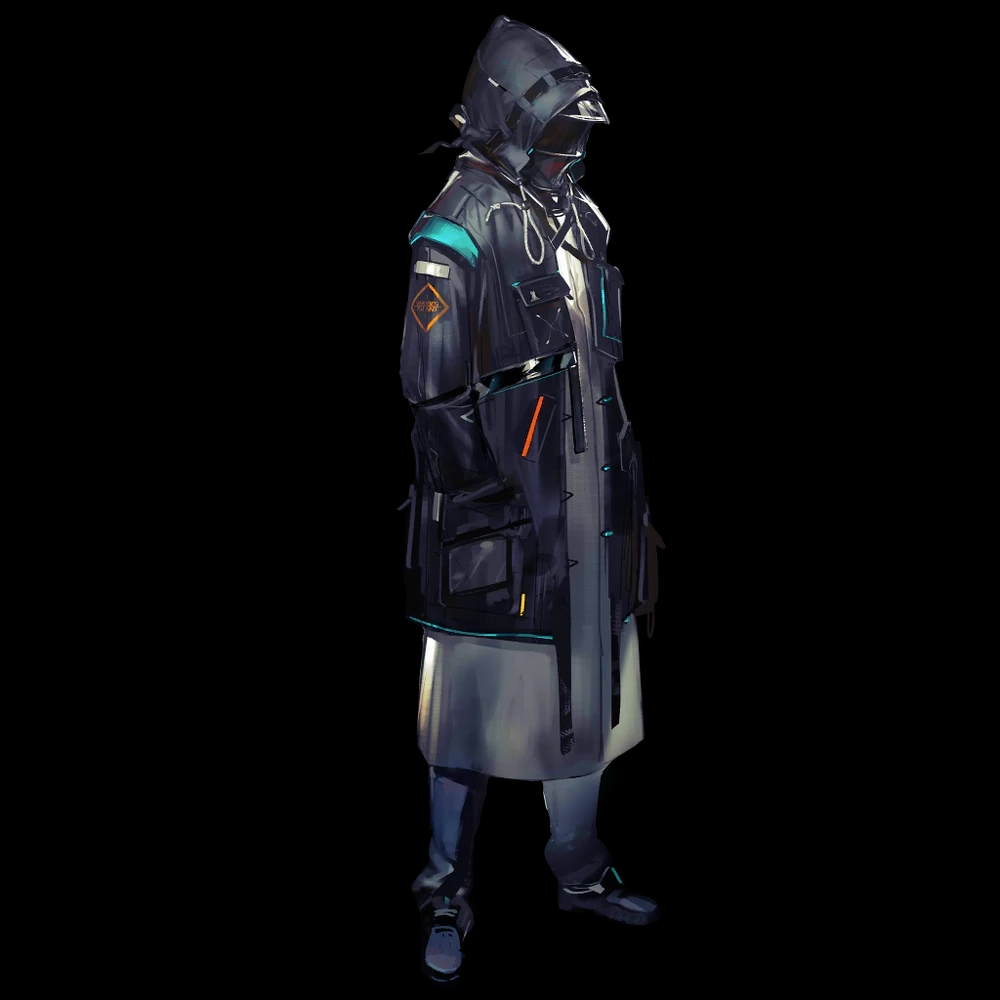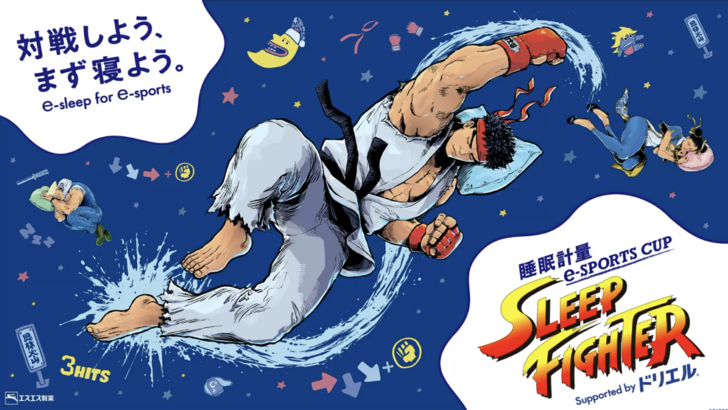Home > News > Cinderella's 75th Anniversary: How the Tale of a Princess and Glass Slippers Revived Disney
Cinderella's 75th Anniversary: How the Tale of a Princess and Glass Slippers Revived Disney
- By Logan
- Mar 27,2025
Just as Cinderella's dream was set to end at midnight, The Walt Disney Company faced its own midnight hour in 1947, grappling with a debt of approximately $4 million following the financial setbacks of Pinocchio, Fantasia, and Bambi, exacerbated by World War II and other challenges. However, the beloved princess and her iconic glass slippers played a pivotal role in saving Disney from an untimely end to its animation legacy.
As Cinderella celebrates its 75th anniversary of its wide release on March 4, we had the opportunity to speak with several Disney insiders who continue to draw inspiration from this timeless rags-to-riches tale. The story not only parallels Walt Disney's own journey but also provided a beacon of hope for the company and a world in the process of rebuilding and seeking inspiration.
The Right Film at the Right Time --------------------------------To understand the significance of Cinderella, we must revisit Disney's fairy godmother moment in 1937 with Snow White and the Seven Dwarfs. The film's unprecedented success, holding the title of the highest-grossing film until Gone with the Wind surpassed it two years later, enabled Disney to establish its Burbank studio, still its headquarters today, and embark on a new era of feature-length animated films.
Disney's next venture, Pinocchio in 1940, came with a hefty budget of $2.6 million, roughly a million more than Snow White, yet it resulted in a loss of about $1 million despite its critical acclaim and Academy Awards for Best Original Score and Best Original Song. This pattern continued with Fantasia and Bambi, which also underperformed, adding to the studio's financial woes. The primary reason for these setbacks was the outbreak of World War II, triggered by Germany's invasion of Poland in September 1939.
"Disney's European markets dried up during the war, and the films weren’t being shown there, so releases like Pinocchio and Bambi did not do well," explained Eric Goldberg, co-director of Pocahontas and lead animator on Aladdin’s Genie. "And before long, Disney was overtaken by the U.S. government to make training and propaganda films for the Army and Navy. Throughout the 1940s, the studio produced what they called Package Films like Make Mine Music, Fun and Fancy Free, and Melody Time. These projects were excellent, but they lacked a cohesive narrative from start to finish."
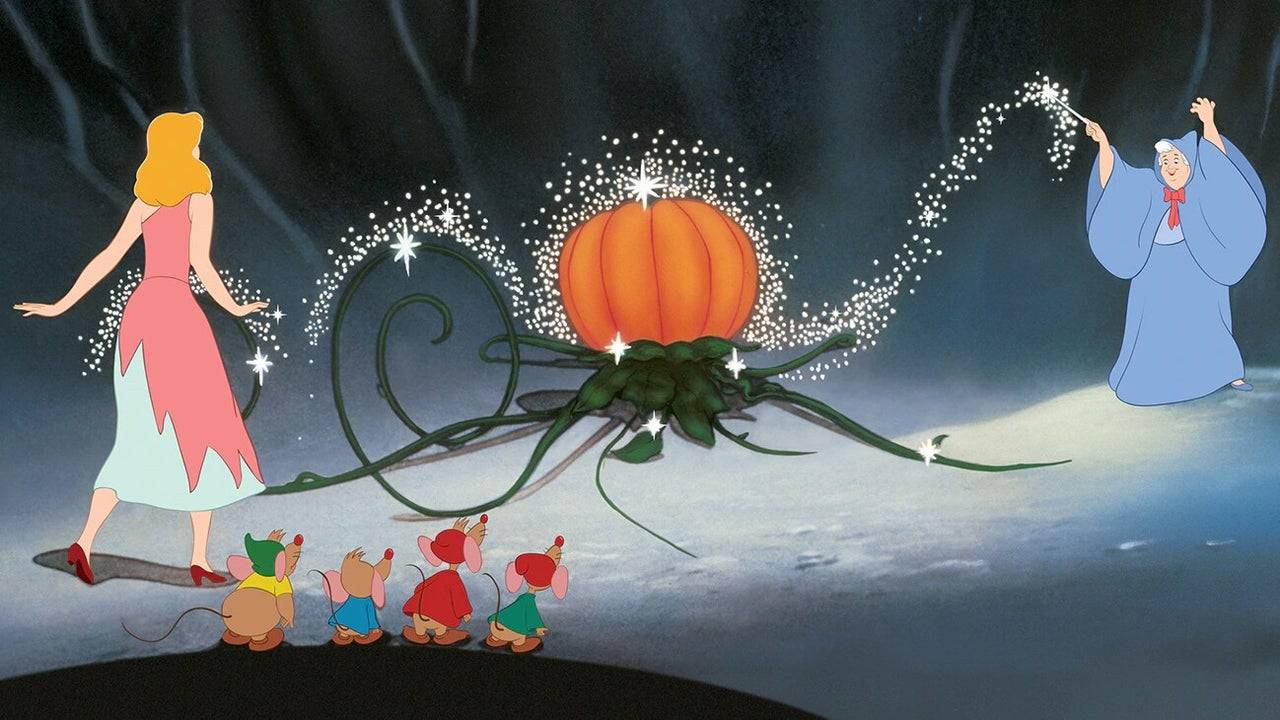
For those unfamiliar, Package Films were compilations of short cartoons assembled into feature films. Disney produced six of these between the releases of Bambi in 1942 and Cinderella in 1950, including Saludos Amigos and The Three Caballeros, which were part of the U.S.'s Good Neighbor Policy aimed at countering the spread of Nazism in South America. While these films managed to break even and Fun and Fancy Free reduced the studio's debt from $4.2 million to $3 million in 1947, they hindered the studio's ability to produce true feature-length animated stories.
"I wanted to get back into the feature field," Walt Disney stated in 1956, as quoted in The Animated Man: A Life of Walt Disney by Michael Barrier. "But it was a matter of investment and time. Now, to take and do a good cartoon feature takes a lot of time and a lot of money. But I wanted to get back. And my brother [Disney CEO Roy O. Disney] and I had quite a screamer… It was one of my big upsets… I said we’re going to either go forward, we’re going to get back in business, or I say let’s liquidate or let’s sell out."
Facing the possibility of selling his shares and leaving the company, Walt and Roy chose the riskier path, betting everything on their first major animated feature since Bambi in 1942. If this gamble failed, it could have spelled the end for Disney's animation studio.
"I think the world needed the idea that we can come out from the ashes and have something beautiful happen," said Tori Cranner, Art Collections Manager at Walt Disney Animation Research Library. "While Pinocchio is an incredibly beautiful and amazing movie, it's not a joyful movie in the way Cinderella is. And I think the world needed the idea that we can come out from the ashes and have something beautiful happen. Cinderella was the right choice for that moment in time."
Cinderella and Disney’s Rags to Riches Tale
Walt Disney's connection to Cinderella dates back to 1922 when he created a Cinderella short during his time at Laugh-O-Gram Studios, just two years before founding Disney with Roy. The short, and later the feature film, were inspired by Charles Perrault’s 1697 version of the tale, which may have originated between 7 BC and AD 23 by the Greek geographer Strabo. This classic narrative of good versus evil, true love, and dreams coming true deeply resonated with Walt.

"Snow White was a kind and simple little girl who believed in wishing and waiting for her Prince Charming to come along," Walt Disney remarked, as seen in footage from Disney’s Cinderella: The Making of a Masterpiece special DVD feature. "On the other hand, Cinderella here was more practical. She believed in dreams all right, but she also believed in doing something about them. When Prince Charming didn’t happen to come along, she went right over to the palace and got him."
Cinderella's character, resilient despite her mistreatment by her Evil Stepmother and Stepsisters, mirrored Walt's own journey from humble beginnings, filled with failures and challenges, yet driven by an unwavering dream and work ethic.
This story remained with Walt through Disney's early days, leading to an attempt to revive it as a Silly Symphony short in 1933. However, the project's scope grew, and by 1938, the decision was made to transform it into a feature film. Despite delays due to the war and other factors, the film evolved into the beloved classic we know today.
Cinderella's success can be attributed to Disney's ability to enhance these timeless tales with universal appeal. "Disney was so good at taking these fairytales that had been around for many, many years and putting his own spin on it," Goldberg noted. "He brought his taste, entertainment sense, heart, and passion into it, making people care about the characters and story even more than in the original tales. These fairytales were often grim, serving as cautionary tales, but Disney made them universally palatable and enjoyable, modernizing them to stand the test of time."
Disney achieved this with Cinderella through the addition of her animal friends, including Jaq, Gus, and the birds, who provided comic relief and allowed Cinderella to express her true feelings, deepening our connection to her character. The Fairy Godmother, reimagined as a more relatable, bumbling grandmother-type character by animator Milt Kahl, further endeared her to audiences. The iconic transformation scene, where Cinderella's belief in herself and her dream manifests into a life-changing night, remains a highlight of Disney's legacy.
The animation of Cinderella’s dress transformation, often cited as Walt’s favorite, was meticulously crafted by Disney Legends Marc Davis and George Rowley. "First of all, you have to remember that every single one of those sparkles was hand-drawn on every frame and then hand-painted, which just blows my mind," Cranner said. "But there's also a part of it that’s so subtle, as there is a perfect moment in the middle of that transformation where all of the stardust and the magic holds for just a fraction of a second before it all falls in and her dress changes. I really think that that's part of what makes that scene so magical. It's almost a second of holding your breath and then the release comes and you know that magic just happened."
Another unique Disney addition is the breaking of one glass slipper at the film's end, emphasizing Cinderella's agency and strength. "I think something that a lot of people overlook is that Cinderella is not a cipher," Goldberg said. "She’s not a bland female protagonist, but she has a personality and a strength within her. When the stepmother causes the glass slipper to break, Cinderella has the solution to it by presenting the other one she had been holding on to. It’s such a powerful moment and a clever story element to show how strong and in control she actually is."
Cinderella premiered in Boston on February 15, 1950, and had its wide release on March 4 of that year. It was an instant success, earning $7 million on a $2.2 million budget, becoming the sixth-highest grossing film of 1950 and earning three Academy Award nominations.
"When Cinderella came out, all the critics went, ‘Oh, this is great! Walt Disney's back on track again!’ It was hugely successful for them because he was back doing narrative features like Snow White and people just loved it," Goldberg said. "I think the studio also got their mojo back, so to speak. They loved the Package Films and the work they did during the troubled times of the war, but this is what the studio was built for. Following Cinderella, Disney continued to develop films like Peter Pan, Lady and the Tramp, Sleeping Beauty, 101 Dalmatians, Jungle Book, and so many more, and it was all thanks to Cinderella."
75 Years Later, Cinderella’s Magic Lives On
Seventy-five years later, Cinderella's influence continues to grow, evident in the iconic castles at Walt Disney World and Tokyo Disneyland, and in the opening sequences of Disney films inspired by her tale and that of Sleeping Beauty.
Her legacy is also evident in modern Disney films, such as the dress transformation scene in Frozen. "When we were doing Elsa’s dress transformation moment in Frozen, which I animated along with effects artist Dan Lund, co-director Jennifer Lee wanted it to have a direct connection to Cinderella," said Frozen 2 and Wish lead animator Becky Bresee. "Cinderella’s legacy can especially be seen in the sparkles and all the effects surrounding Elsa’s dress, and although she is a much different character, there are so many moments and things we bring forward to honor the impact of Cinderella and other movies that came before."
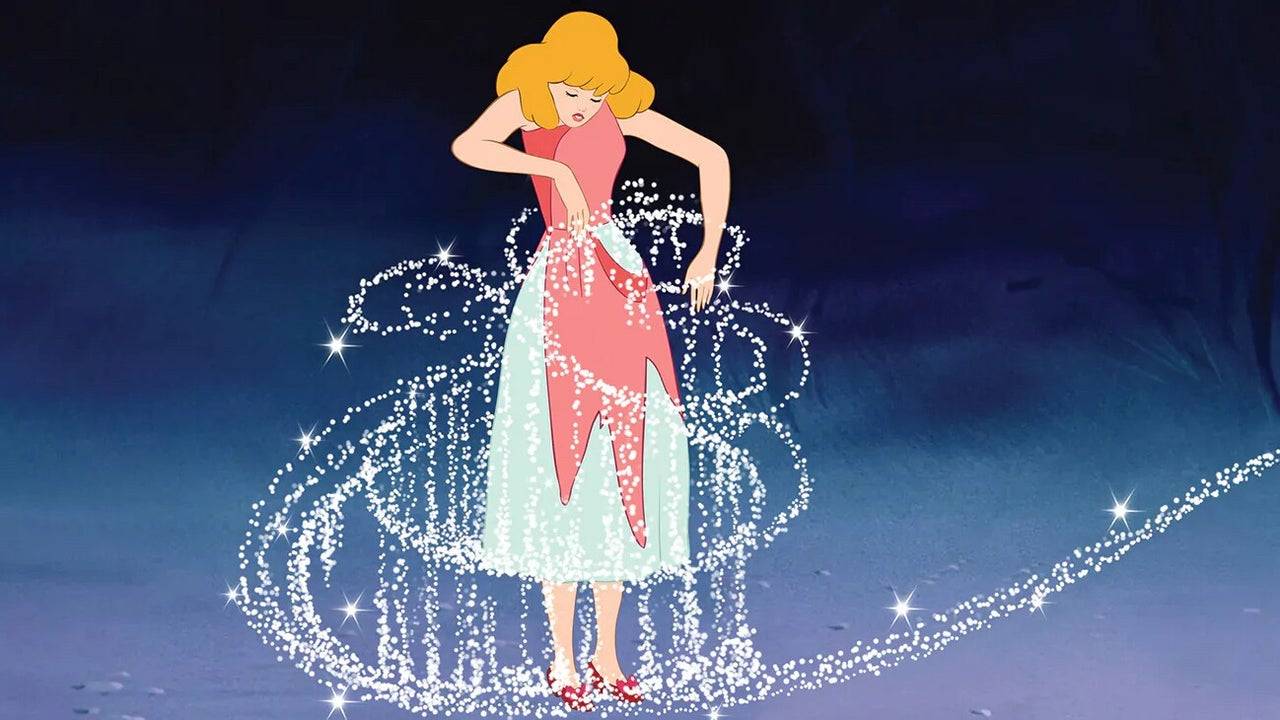
There are countless stories and individuals worthy of recognition for their contributions to Cinderella, including the famous Nine Old Men who brought life to the characters and Mary Blair for her stunning artwork that defined the film's style. To conclude this retrospective, we return to Eric Goldberg's reflection on why Cinderella was the right film and princess at the right time to save Disney when it needed it most.
"I think the big thing about Cinderella is hope," Goldberg said. "It gives people hope that things will work out when you have perseverance and when you are a strong person. I think that's its biggest message… is that hope can actually be realized and dreams can come true, no matter what time you are living in."
Latest News
more >-
-
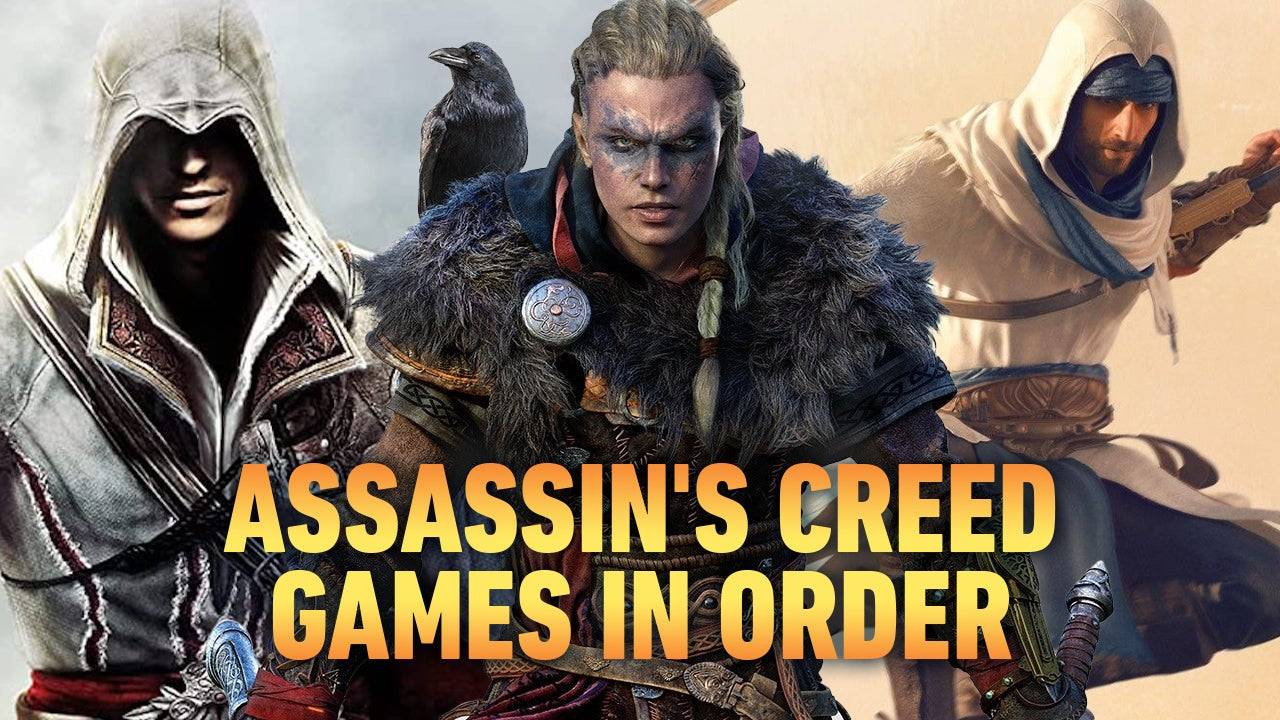
- Assassin's Creed: Chronological Play Guide
- Apr 03,2025
-

-
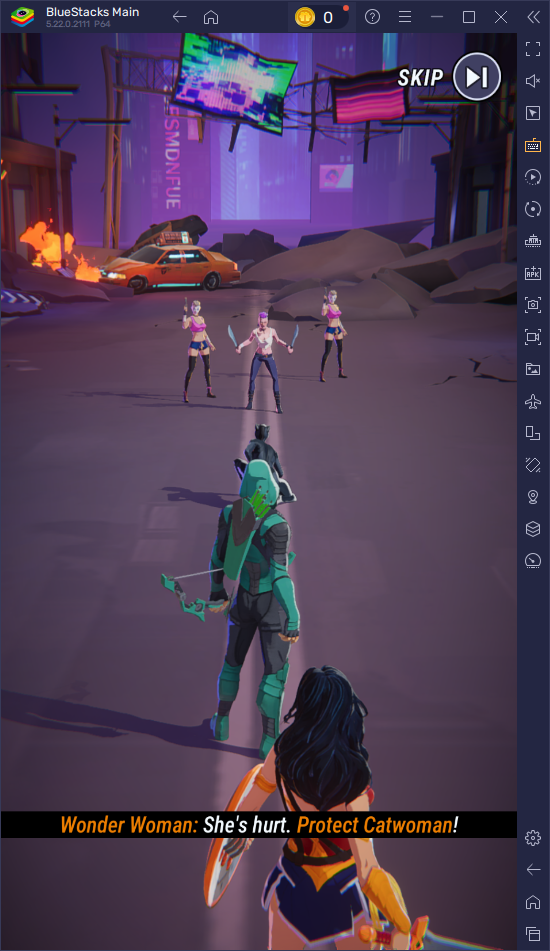
-
